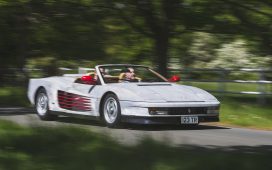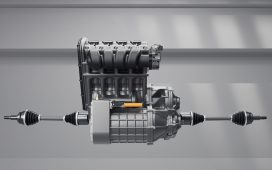“It’s also clear that when we speak about the bigger offerings today, they are very diesel-oriented,” he told us. “But we will change it, like everything else.”
Possibly the biggest barrier to the Kia camper’s feasibility would be a limited electric range. Assuming the future California rival would use the standard PV5’s platform, battery and powertrain tech, it’d be hamstrung by a 200-odd-mile range. Kia doesn’t quote a kerbweight for the basic PV5, but we expect it to sit comfortably north of two tonnes. Add in a raised roof, two beds and some kitchen cupboards, and you’re looking at the thick end of 2,500kg, possibly more.
However, with Kia continually developing its battery technology, by the time a PV5 camper comes around – likely within the next 12 to 24 months – the company may be in a position to offer something with improved efficiency and range.
In an unrelated conversation, Kia’s Head of Global Business Planning, Spencer Cho, told us: “We made the strategic decision to make the fine balance between the AER (all-electric range) and the price. If we add the bigger batteries, you have to pay more, and in this business, pricing is one of the key ingredients for success.
“We recognise the current AER is not enough,” he said. “If there is any way we can figure it out, to increase the AER, we will definitely do it. Our engineers are looking at the best possible ways to deliver the longer AER.”
Kia’s PBV (Platform Beyond Vehicle) range will launch in the UK with the PV5 later this year, before expanding to include the larger PV7 in 2027. A flagship PV9 and smaller PV3 are due later.










